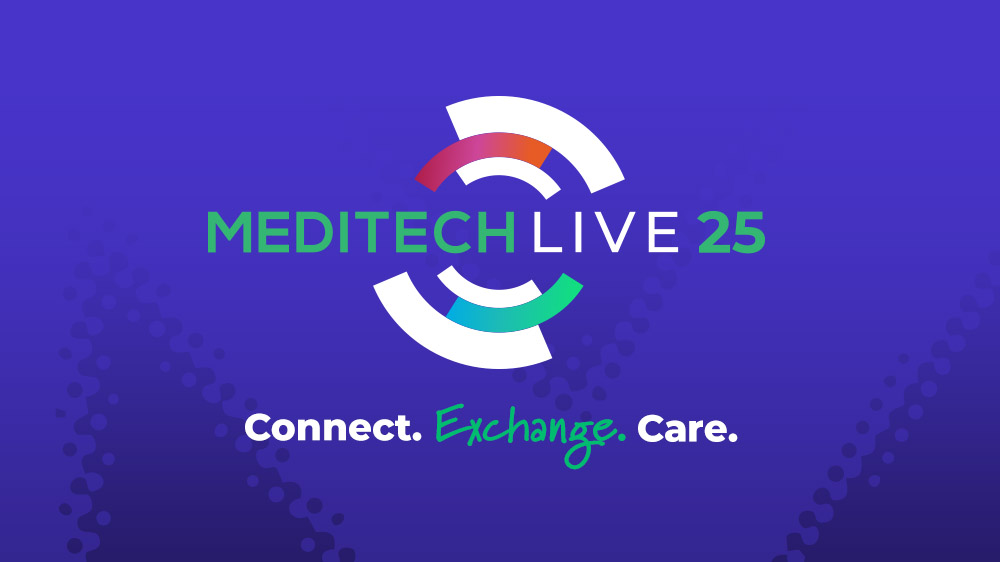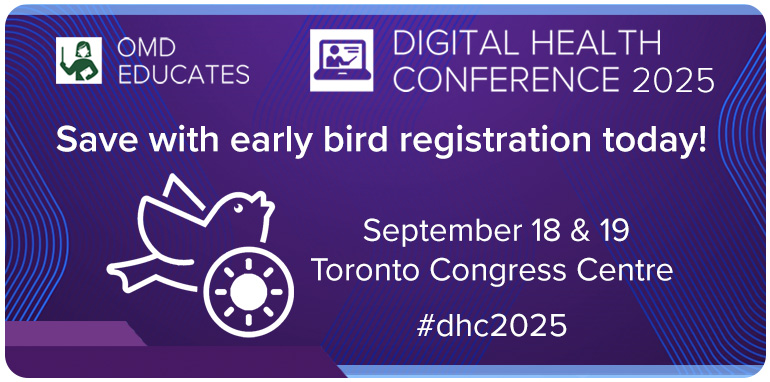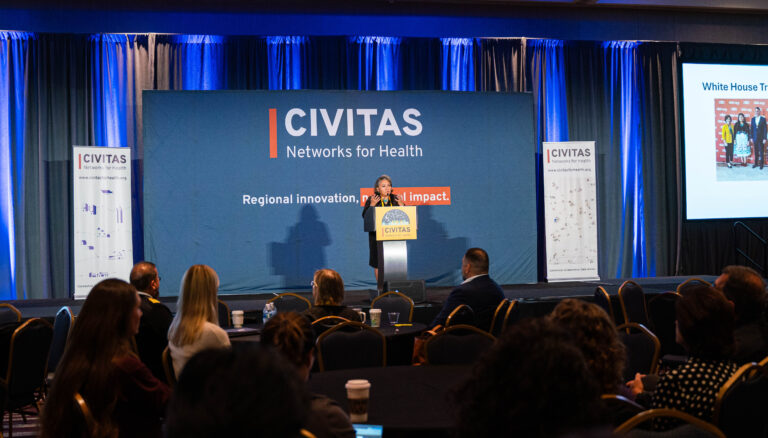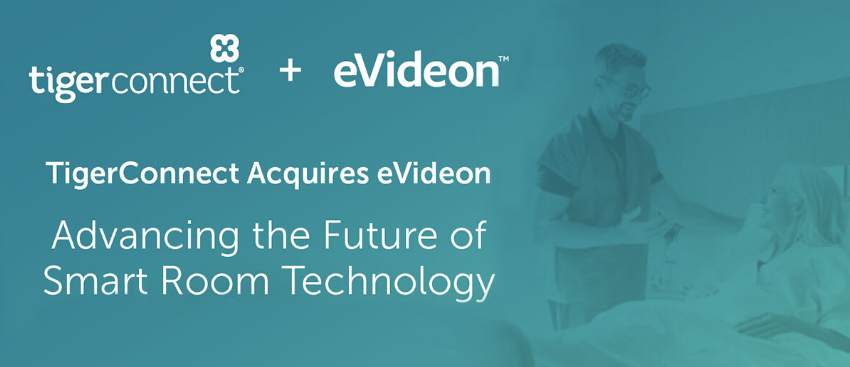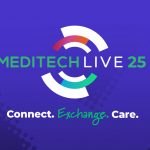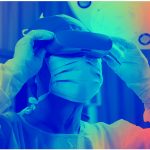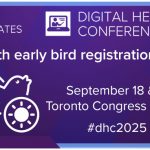Exclusive article by Lindsey Patterson at EMRIndustry.com
The healthcare industry is large and complex, but the growing demand for medical services has meant that it is increasingly important to find new ways to improve care delivery. Recently, health systems have begun focusing on satisfaction as a useful outcome measure. This is because higher patient satisfaction is associated with better compliance with prescriptions and lower rates of readmission or complications. Employee satisfaction is important for morale and to explore potential bottlenecks or problems with providing care. Technological efforts to track and increase these measures have had positive impacts in healthcare.
Better Use of Time
Time is an important limitation in how doctors, nurses, and other care providers can help their patients. Ideally, they would be able to spend most or all of their time in appointments or doing procedures to provide care. However, some tasks like filling out charts, making calls to other departments for clarification, waiting on requests for enterprise imaging, and researching medical studies can use up a lot of that time. Many of these tasks can be automated or shortened by using the right technology. For example, electronic medical records are faster to use and easier to share than paper charts, reducing time spent on paperwork. This not only means better time efficiency, but also boosts care coordination and collaboration. The result is that providers have more satisfaction due to having more meaningful time use and patients get better care, which improves their satisfaction as well.
Surveys and Feedback
One of the toughest elements of improving care is that is isn’t always easy to tell what needs work. Technology like automatic short surveys and requests for feedback can help patients feel that their voice is heard and give the providers a sense for what they can do to make their delivery better. Something that might seem obvious to a patient might not be clear at all because nobody has actually reported it. Setting up an automatic system to solicit ratings and information over email can give the provider a lot more insight into what patients like and don’t like. This isn’t always relevant or something that the provider can change, but it will occasionally lead to actionable feedback. At the same time, patients will feel a better connection to their provider if they know that they can cause change by giving feedback. Sometimes just asking will be an improvement.
Error Reduction
Medical mistakes, problems with insurance claims, and other errors are the bane of healthcare. Each one can be expensive in terms of money and reputation, and all medical workers need to carry expensive malpractice insurance. The introduction of IT tools can cut down on errors in paperwork and communication, help standardize policies and practices, and otherwise reduce mistakes by taking the human element out of the equation. Of course, adding more technology means getting support for it as well to deal with the kinds of problems that can plague networking, documentation, and everything else, but this is minor in comparison to the savings from making fewer errors.
The industry is going through a technological revolution. Care providers are required to move into electronic record-keeping and platforms for collecting, reporting, and analyzing patient health are multiplying. Targeting satisfaction as an outcome is a good complement to health outcomes because it measures the patient’s overall experience. The satisfaction of employees also matters. Deploying these tech tools means improvement, but it brings new sets of risks like information security and training costs. Over time, it will become clear that technology can solve more problems than it creates, and the relationship between patients and care providers will change dramatically.















